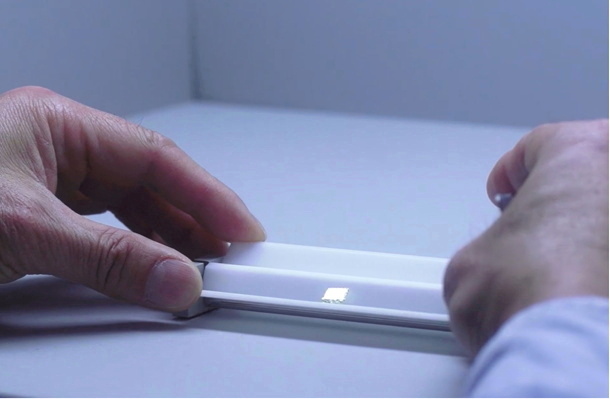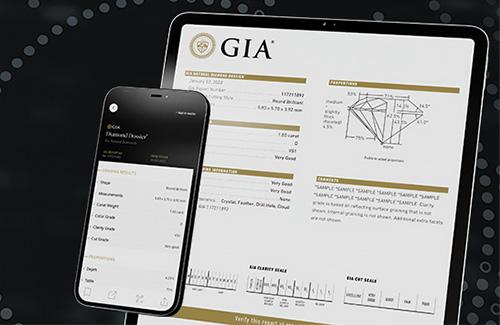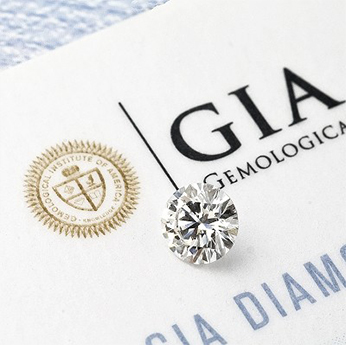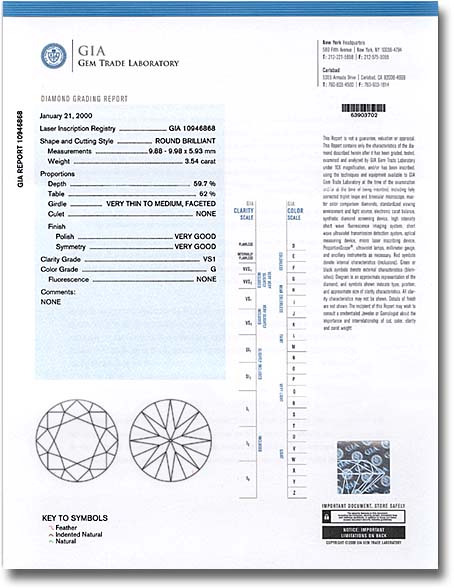
GIA says its Dubai and Hong Kong labs will accept larger stones for grading, in the wake of President Trump’s imposition of retaliatory tariffs on its trading partners.
Last week GIA said its US labs in New York and California would not accept submissions from overseas until confusion had been cleared up over the status of stones entering the country for grading rather than for sale.
In a statement on Monday (7 April) the world’s biggest grading lab said that because of tariff-related “logistical challenges” it was temporarily expanding services in Dubai and Hong Kong.
Dubai will now accept rough or polished diamonds (D-Z) up to 9.99-cts and Hong Kong will impose no size limit, until further notice.
Both labs previously had a 3.99-cts upper size limit. In addition, Hong Kong will now grade fancy color diamonds.
Source: IDEX





